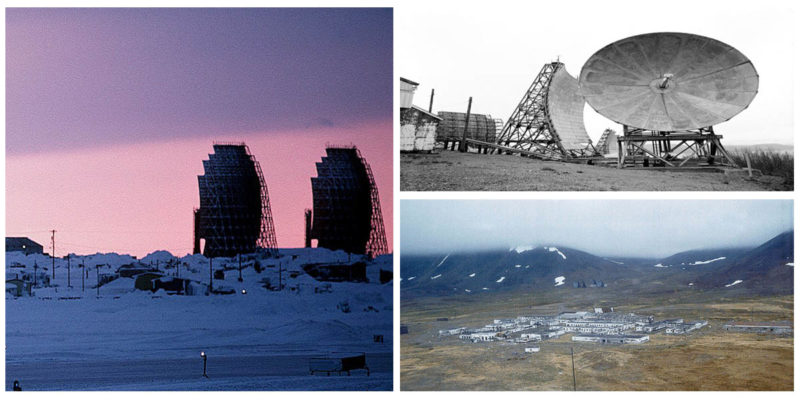Equipped with up to 80 radio stations, this remnant of the Cold War once served as a tropospheric scatter communications system using microwave relay. Its location, Alaska. It was initially constructed during the 1950s.
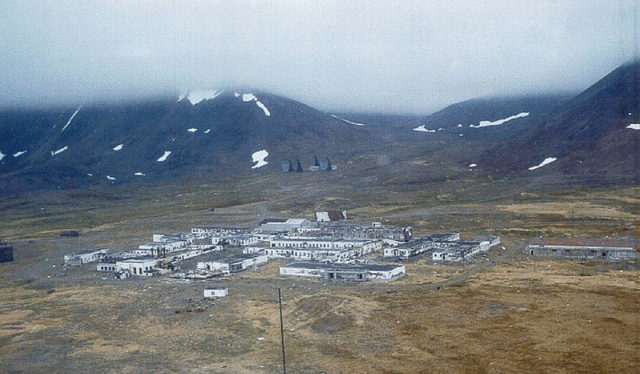
The United States Air Force saw great benefit from this communication system for it improved their communication tremendously. Years before this system was installed, Alaska had only the essentials when it came to communication systems.
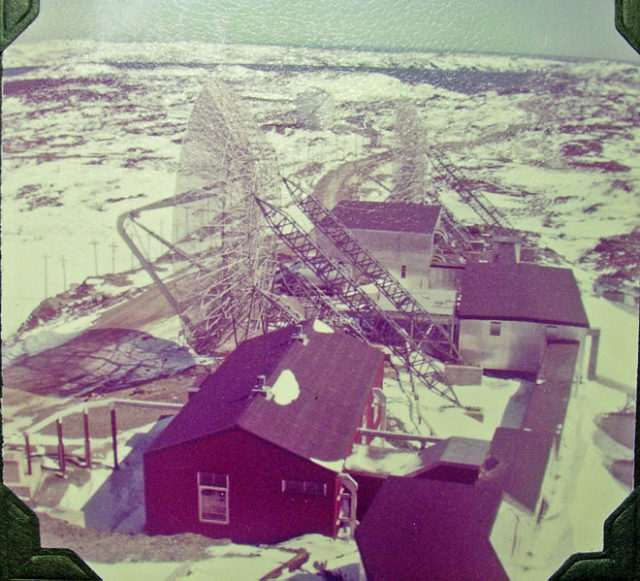
It wasn’t until Bell Systems came up with their design for the U.S.A.F. that Alaska would receive proper communications links. The name White Alice Communications System in itself is an acronym made up of the following words – White, for it was used in the snow-covered land of Alaska, and Alice, that stands for Alaska Integrated Communications and Electronics.
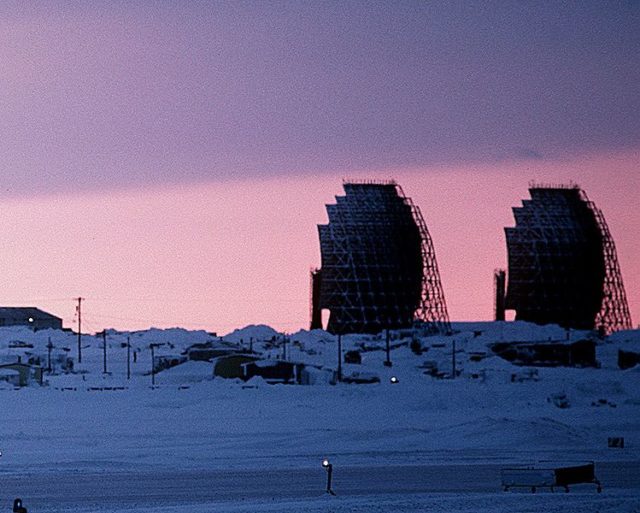
The Western Electric Company took care of installment of this system. The construction itself had a fairly high price tag (more than $100 million spent for the first part of the installation process) for the land of Alaska is a tough place to conquer.
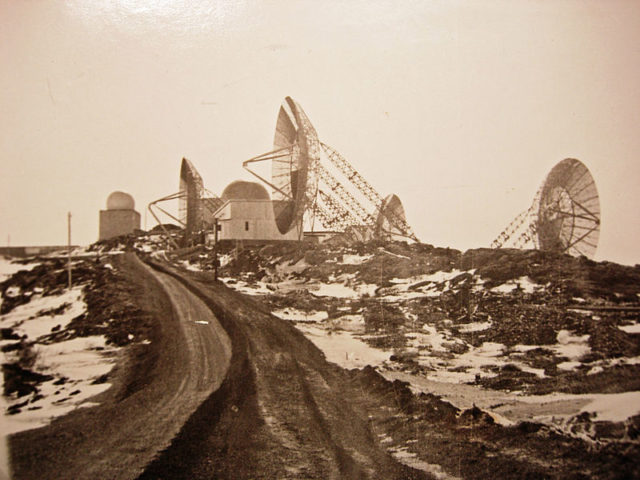
The projects that followed almost tripled their costs. The explanation behind this high costs is that Alaska didn’t have any electricity. For this reason, generators and fuel tanks were needed and their transport wasn’t free
Some remote areas even had a landing strip so that the equipment could be transported. Others shifted their equipment using nothing but dogsleds. Once completed, these repeater stations were comprised of tropospheric dishes (four in total) placed so that they face different directions.
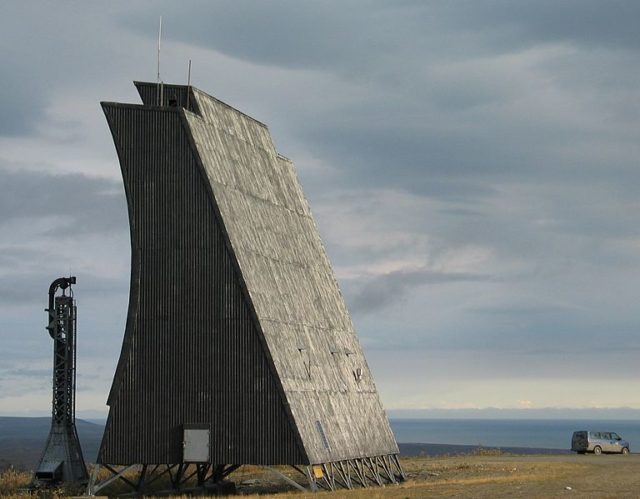
They were tuned up to 900MHz allowing for more than 130 voice channels. When it comes to the tropospheric reflectors they stood up to 130 feet from the ground. These reflectors where always accompanied by two antennas whose purpose was to make sure that the signal gets where it supposed to go.
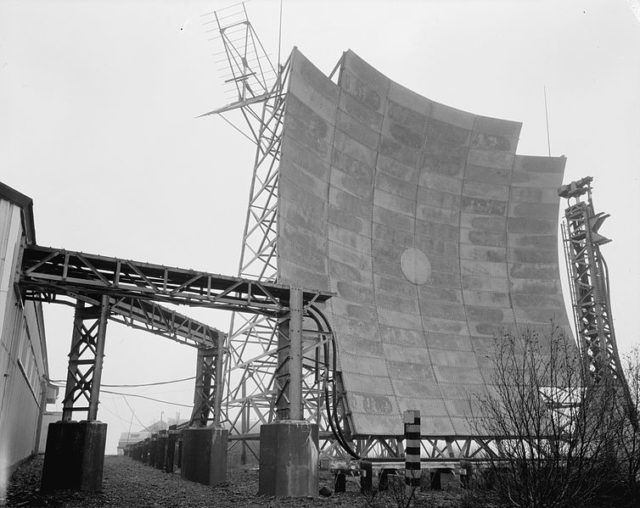
In order to accomplish this, each antenna was tuned in its own frequency and they too were 120 feet tall. Naturally, in order for these systems to function, they are in need of a human assistance. The folks that worked at the stations, were housed in “dorm sites”.
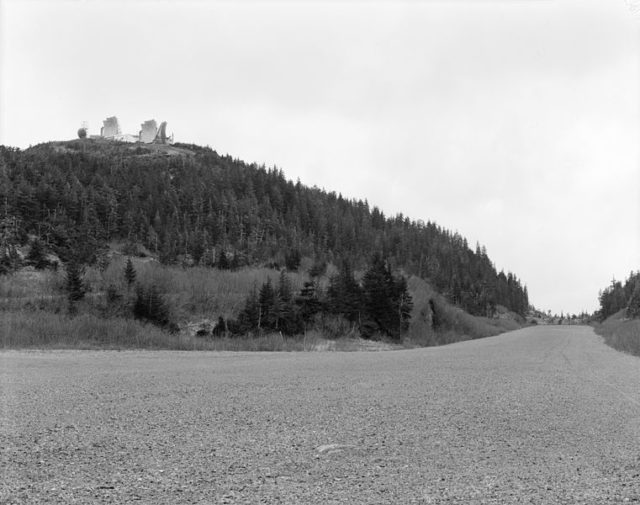
These people were placed in a remote area, completely cut off from civilization to work on one of this repeater station. A different type of working site was the AC&W sites. These places were comprised mainly of the Air Force personnel. They were placed almost on the top of the mountain and anyone that worked there had to travel every day up the mountain to get to the station and back down the steep road again to the base camp for a good round of sleep.
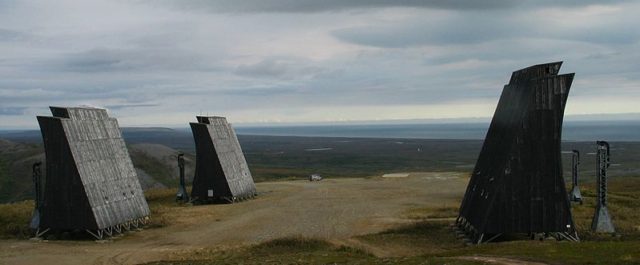
After years of using these systems, they were given over for a civilian use and remained in their domain until the end of the 1970s. The last link provided using the benefits of this station traveled from Boswell Bay to Neklasson Lake in 1985.
After that, the stations were turned off and left abandoned. It was the progress of the technology that brought this change, more specifically, the evolution of satellite communication. Bad weather, as well as lack of maintenance, has destroyed much of the equipment. Parts of the sites that were located in more welcoming areas of Alaska suffered from vandalism and theft.
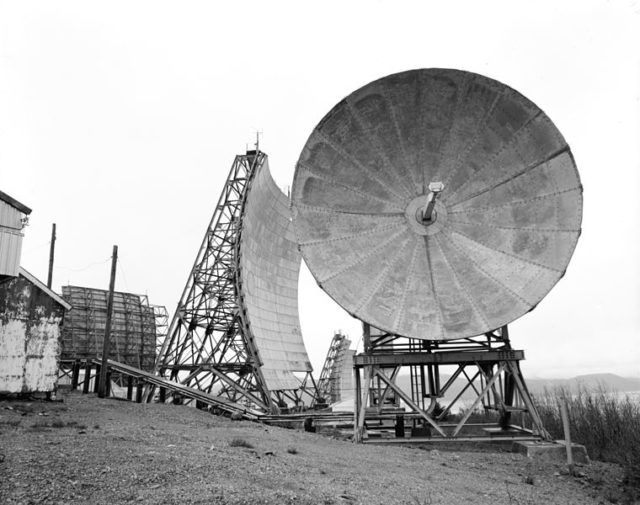
For these reasons, the Department of Defense had to intervene and remove much of the equipment as well as a number of structures. The whole process of salvaging White Alice lasted up until the beginning of the 21st century.
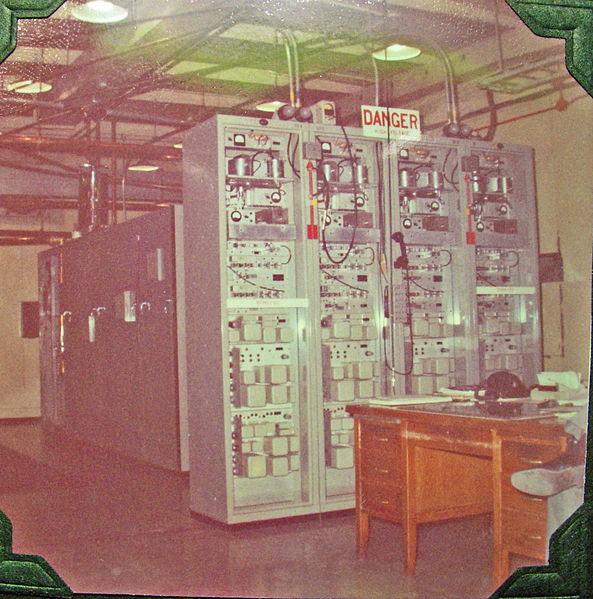
Some of the sites left their mark on this grounds of Alaska. A number of fuel tanks caused great damage to the environment. But the Alaska’s Department of Environmental Conservation in collaboration with the Department of Defense is working on clearing this sites. According to the researchers, much of the clearing up will cost way beyond their price for construction.
